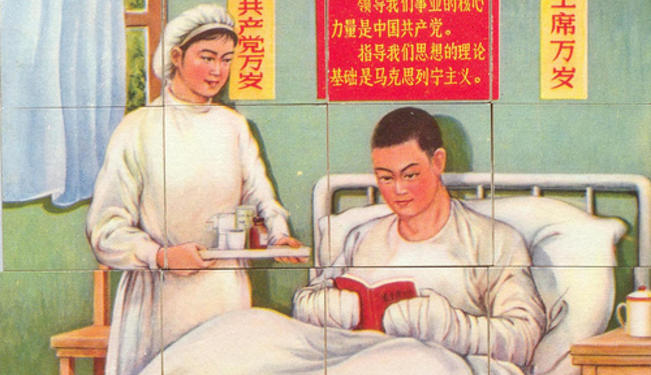Historical Evolution of Chinese Healthcare System: a brief overview
As the oldest living civilization, history of the Chinese medicine goes back to nearly two thousand years. The methods and theories of the Chinese medicine considered as one of the oldest in the history of medicine and they have been practiced and developed further over the centuries.
However, as many scholars note, China did not have organized and centralized health care network system until middle of the 20th century. The health care services were mainly provided by small, private clinics, local, individual healers as well as some religious or charity institutions, while big central health care station, which could qualify as a hospital, mainly cared after royal family and served the needs high-ranking officials and military personnel. This highlights the fact that private clinics and practitioner had played significant role in the history and development of the Chinese health care system.
The earliest contemporary hospitals began to appear in China from 18th century in the form of missionary hospitals run by western churches. According to the statistics cited by Meng Qingyue et al (2000), prior to the formation of Chinese Communists state in 1949, there were around 768 hospitals providing health care services in the country. While only 248 of them were government-funded, remaining 520 were private hospitals indicating the private sector dominated the provision of health care services throughout the history of Chinese health care system.
However, following the arrival of socialism and foundation of communist state in 1949, the role of private sector in the Chinese health care has diminished significantly within very short period of time. Ministry of health, which was set up by the government as a responsible body for overseeing the provision of health care services and running of country’s health care network, soon began transferring private hospitals into public ones.
The Cultural Revolution, which began in 1966, further accelerated the process of nationalization private hospitals and cementing government’s control over the country’s health care industry. By late 1960s the private hospitals are completely replaced by public ones and government-funded and run hospitals fully accounted for the provision of health care services in China. As a result, Chinese health care industry became the largest public health network in the world employing the largest health care workforce ever.
However, the domination of heath care system by public sector did not create expected economic value and led to significant waste of resources. Therefore, following the introduction of economic reforms and market liberalization policies, the failure state-funded health care system forced the government to realize the importance of private sector in running efficient and effective health care network. As a result, in 1987 the government allowed opening of private health clinics and within short time period the private sector re-emerged in the industry. Nevertheless, the government owned hospitals and health institutions still plays significant role in the Chinese health care industry today.
References
Meng Qingyue, Liu Xingzhu & Shi Junshi (2000), ‘Comparing the Services and Quality of Private and Public Clinics in Rural China’, Health Policy and Planning, Volume 15, Issue 4, 349-356

